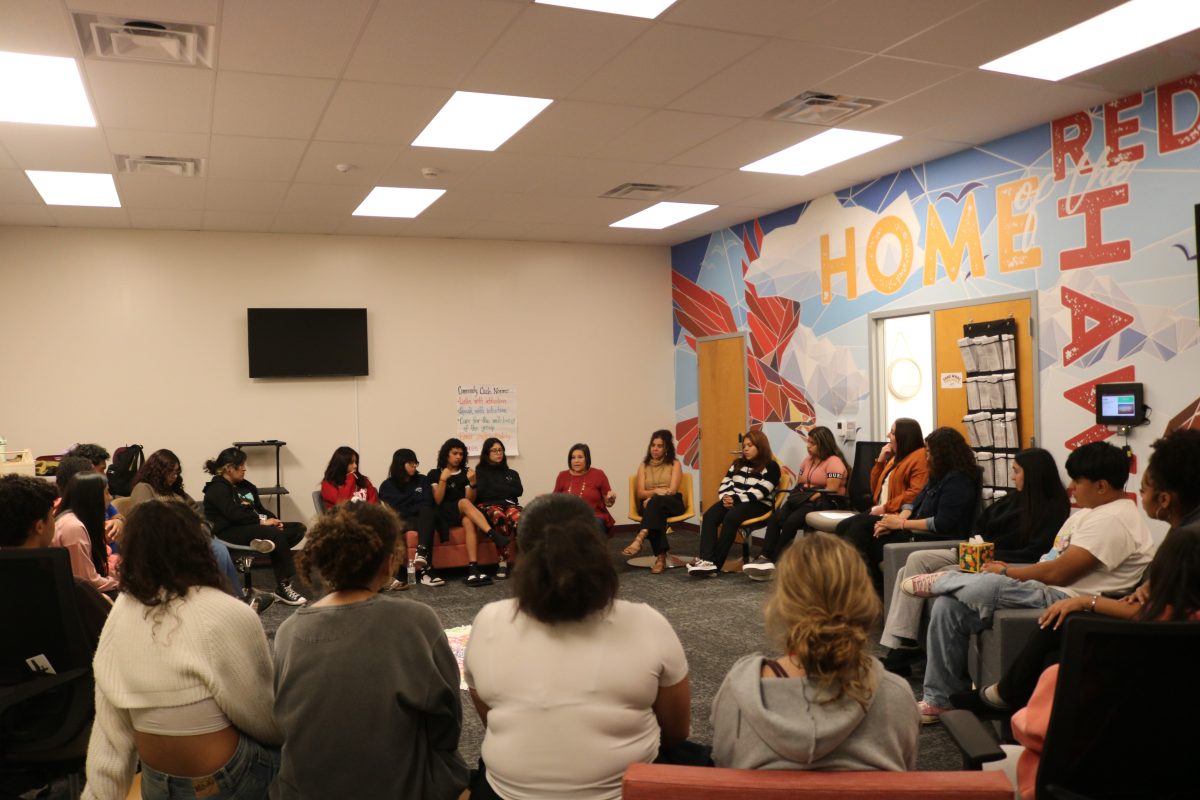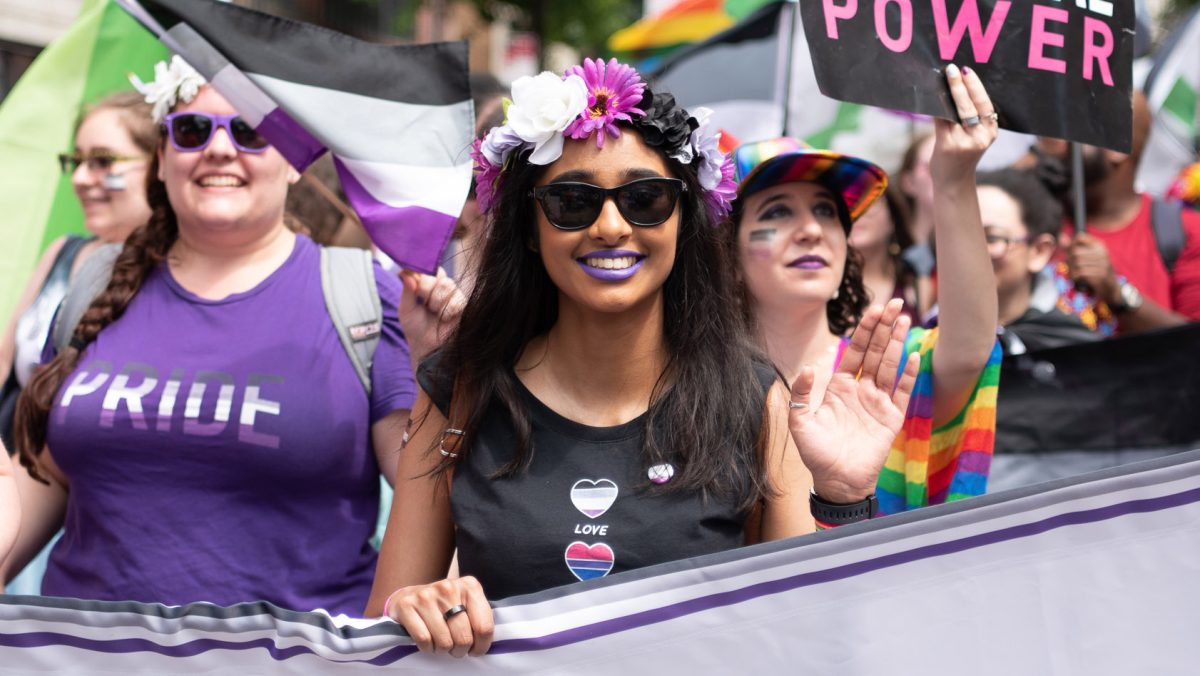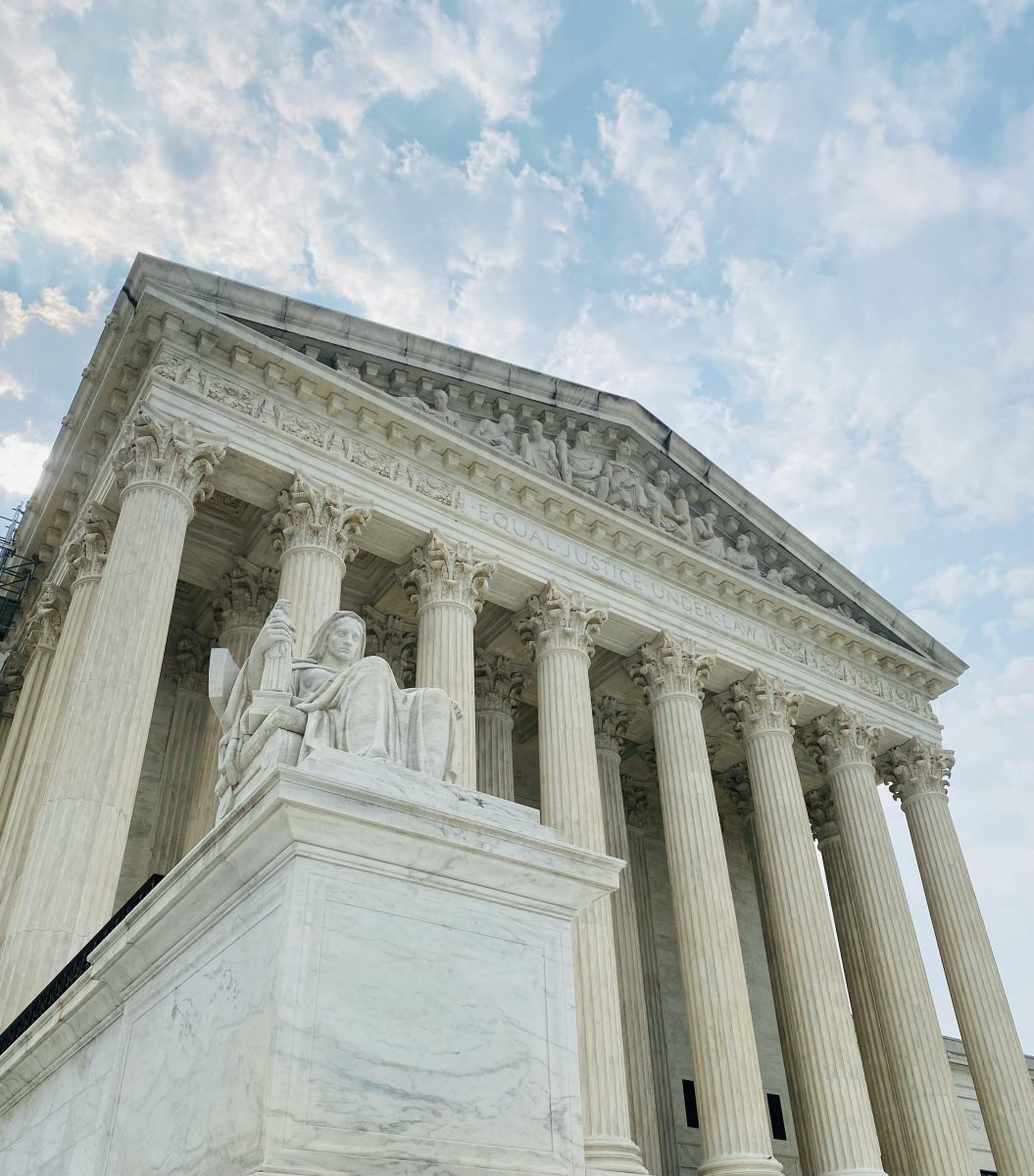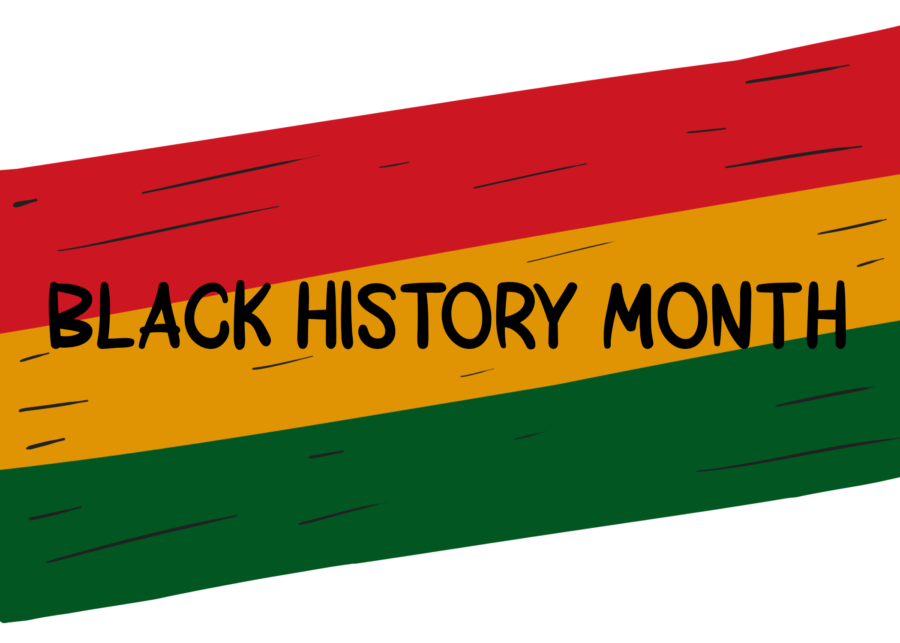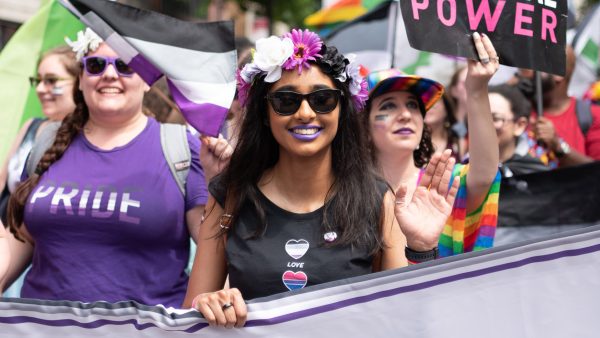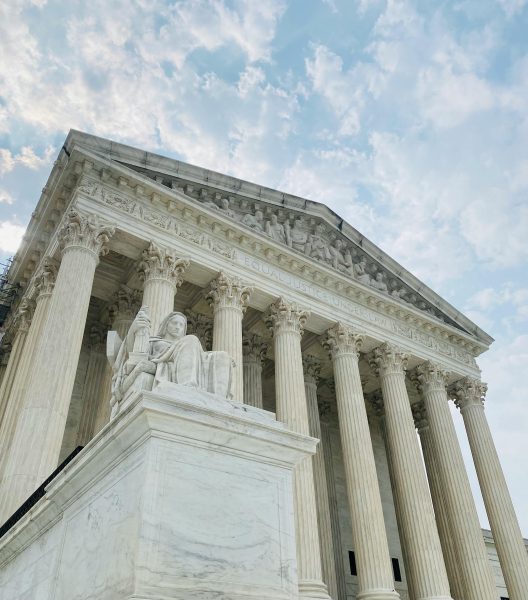A Celebration of Black History
And Discover Some Forgotten People Who Helped Change The World
What is Black History Month? Every year in February, Black History Month is recognized nationally. It’s the month of the year to celebrate African Americans’ contributions and achievements in U.S. history. It focuses on key figures from the past and today with all the accomplishments they have done for America. It starts on the first day of February and ends at the start of March. There are many ways to celebrate our black historians, this is their month to feel acknowledged, but of course, you can do that any day of the year too.
The origins of Black History Month began in 1915, half a century after the Thirteenth Amendment abolished slavery in the United States. In September, Harvard-trained historian, Carter G. Woodson, and minister, Jesse E. Moorland, created the Association of the Study of Negro Life and History (ASNLH). It was an organization dedicated to research and promoting achievements for Black Americans and other Africans. The organization sponsored a national “Negro History Week” in 1926, starting the second week of February to coincide with Abraham Lincoln and Frederick Douglass’ birthdays. This week’s event was to inspire schools and communities to create local celebrations, historical clubs, performances and also teach lectures nationwide about Black Americans.
By the late 1960s, the growing awareness of Black identities, thanks in part to the civil rights movement, “Negro History Week” had changed over time to “Black History Month” on many college campuses. President Gerald Ford officially took notice of Black History Month in 1976, making it public to announce that everyone should “seize the opportunity to honor the too-often neglected accomplishments of Black Americans in every area of endeavor throughout our history.” Today, Black History Month still continues to honor the contributions and legacies of African Americans throughout American history and society. Acknowledging activists and civil rights pioneers such as Martin Luther King Jr., Rosa Parks, Harriet Tubman, and Ruby Bridges to leaders in politics, industry, science, culture, and much more.
Today we know some of the most known Black Americans like Martin Luther King Jr, Harriet Tubman, Rosa Parks, Oprah Winfrey, and Barack Obama. Here are some other African American heroes that deserve a spotlight.
Alice Coachman (1923 – 2014)
Grew up in Albany, Georgia, as a young track runner who started running on dirt roads and makeshift hurdles. Alice Coachman became the first African American woman from any country to win an Olympic Gold Medal at the 1948 Summer Olympics in London. She set a record for the high jump, jumping up to 5 feet and 6 ⅛ inches. She won 25 national titles throughout her athletic career and was placed into the National Track-and-Field Hall of Fame in 1975 and the U.S. Olympic Hall of Fame in 2004.
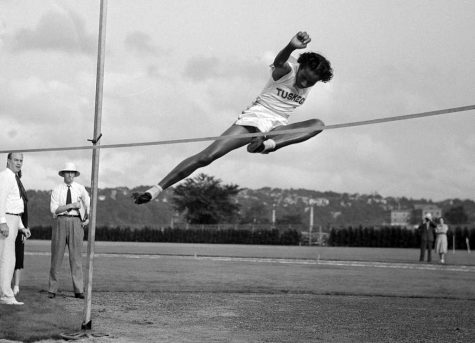
Frederick McKinley Jones (1893 – 1961)
Frederick Jones was orphaned at a young age and raised by a Catholic priest until he dropped out of school at age 11. He started a job as a janitor in the auto industry and eventually worked his way up to auto mechanic. He taught himself electronics until he got drafted into WWI. After the war, he returned back to work and created machines and built a transmitter for his town’s new radio system, a system that overlaid sound and motion pictures. From there he got hired to develop sound equipment for the movie industry. On a car drive, he thought of the idea to store perishable food inside cars to keep it cool and fresh. This idea got a patent for a vehicular refrigeration system. This idea changed how we looked at seasonal foods but also the medical industry and transportation of lifesaving supplies such as blood and medicine.
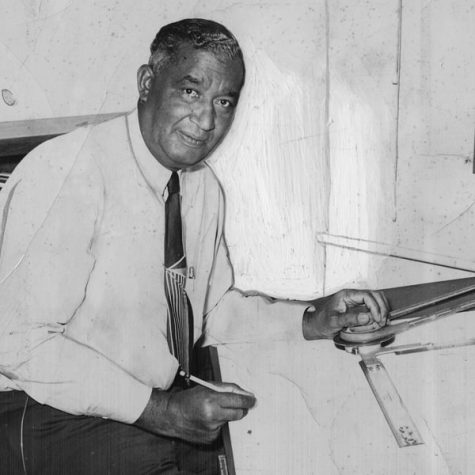
Claudette Colvin (1939 – )
Claudette Colvin was never well known when she was a brave 15-year-old girl who refused to sit at the back of a bus nine months before Rosa Parks refused to give up her seat on the bus in Montgomery, Alabama, in 1955. On March 2, 1955, she showed her constitutional right to remain seated near the middle of the bus, she challenged the driver and was arrested afterward. She was the first woman to be detained for her resistance, but sadly her story wasn’t nearly as well-known as Parks’s, despite the fact that Parks was inspired by Colvin to take action. Colvin is currently 83 years of age.
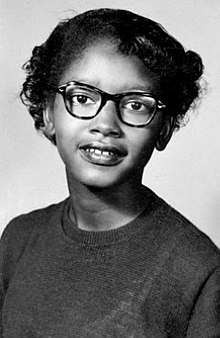
In addition, here are some ways to celebrate Black History Month:
- Watch a documentary about the Black experience.
- Read books written by Black authors.
- Pick a handful of Black leaders throughout history and learn more about them.
- Visit a Black or African history museum.
- Learn about Black women.
- Learn about Black music history.
- Support Black-owned businesses.
- Eat at a Black-owned restaurant.
- Donate to Black-led organizations and nonprofits in your community.
- Attend a Black History Month event or parade.
